-
The Red Shoes by Hans Christian Andersen Fairy Tale Analysis
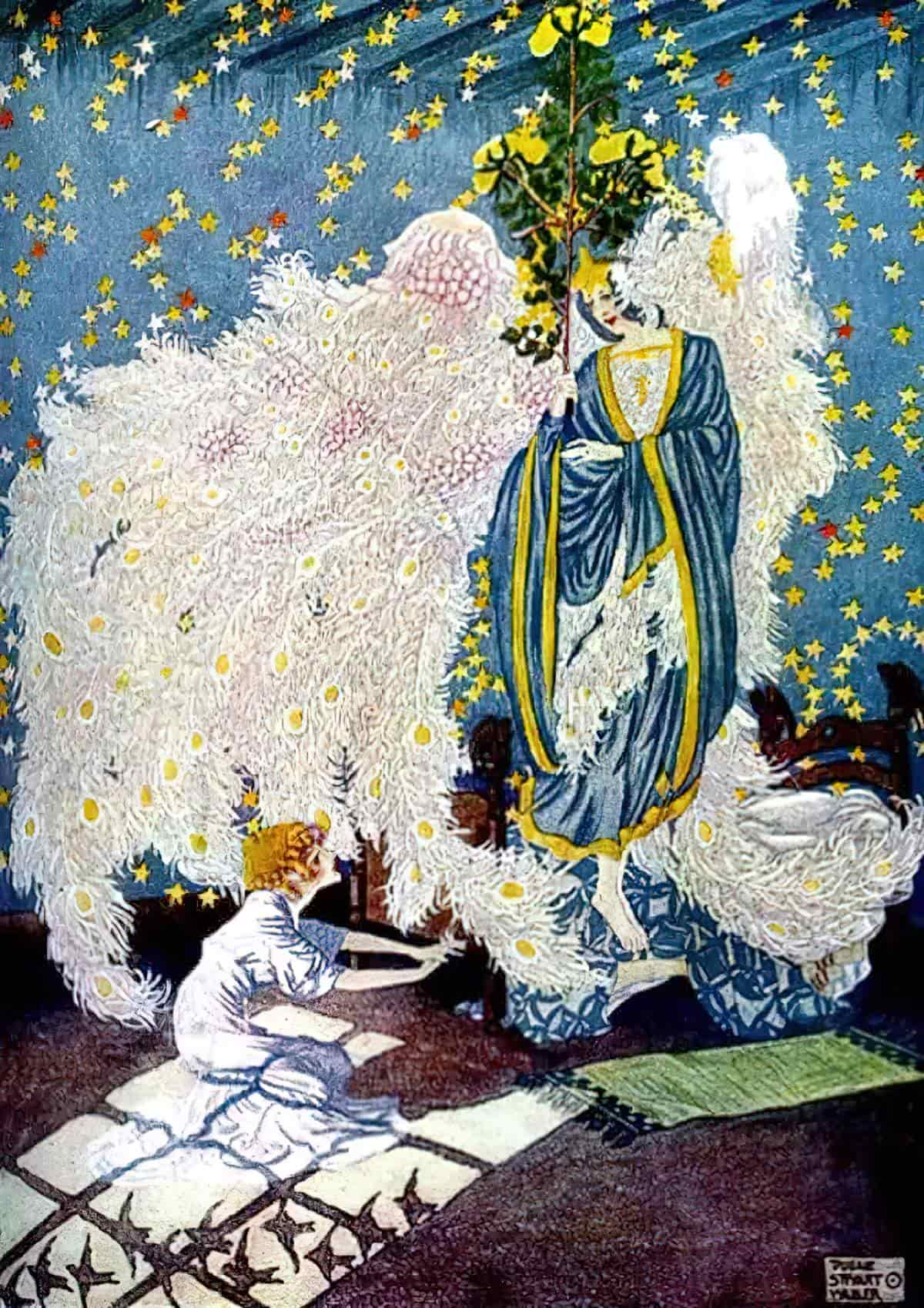
“The Red Shoes” (1845) is a — let’s face it — horrific literary fairytale by Hans Christian Andersen (1805 – 1875), built on a tradition of stories in which a female character is punished (by her ostentatious, sexually charged shoes) for her social deviation.
-
What is an example of matriarchy?
The word matriarchy does not mean what you think it means. You probably mean ‘matrilineal’ or ‘matricentric’.
-
The Princess and the Pea by Hans Christian Andersen Fairy Tale Analysis
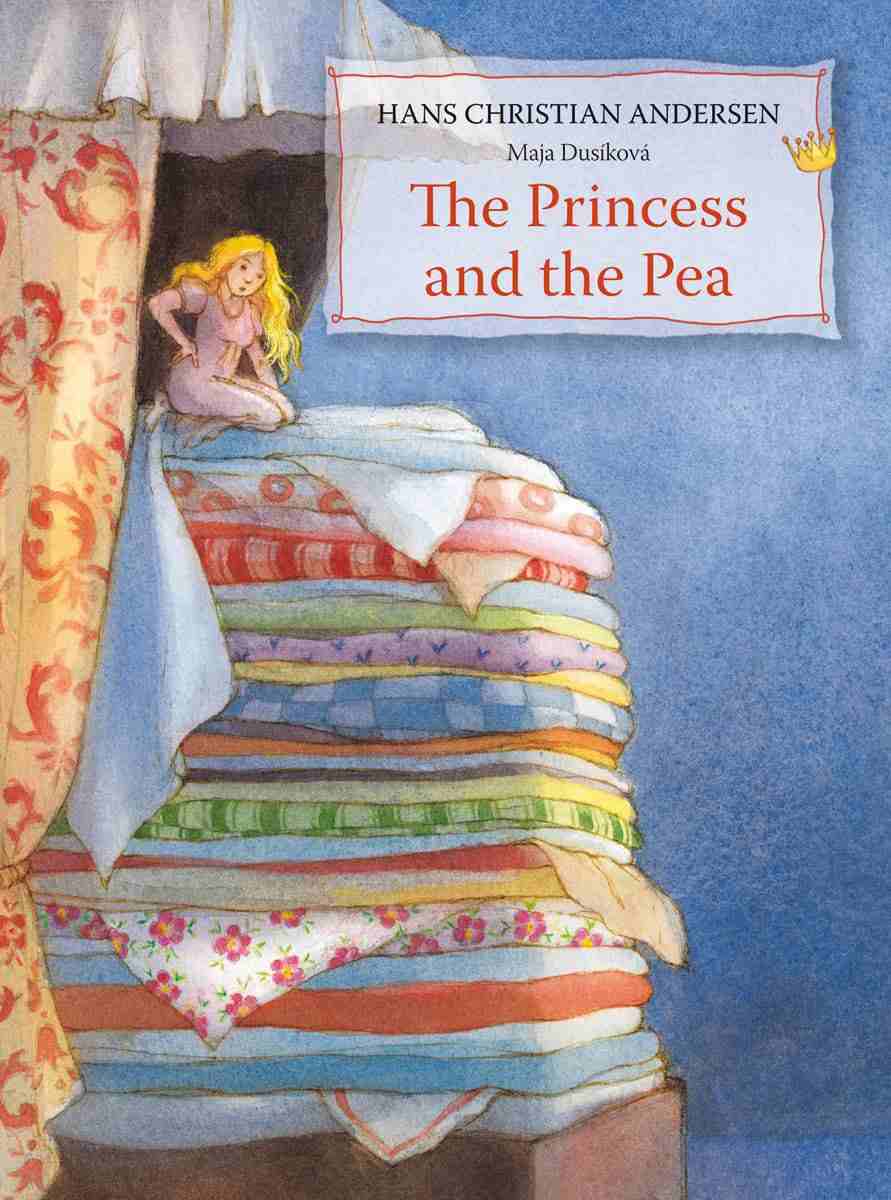
The Princess and the Pea was first published in 1835, one of a handful of satirical, colloquial fairy tales in an unbound collection by Danish storyteller Hans Christian Andersen. The colloquial language didn’t go down well with critics at the time, who also didn’t appreciate that Andersen’s silly little “wonder tales” failed to convey a moral suitable for children.
-
Umbrellas In Art And Storytelling
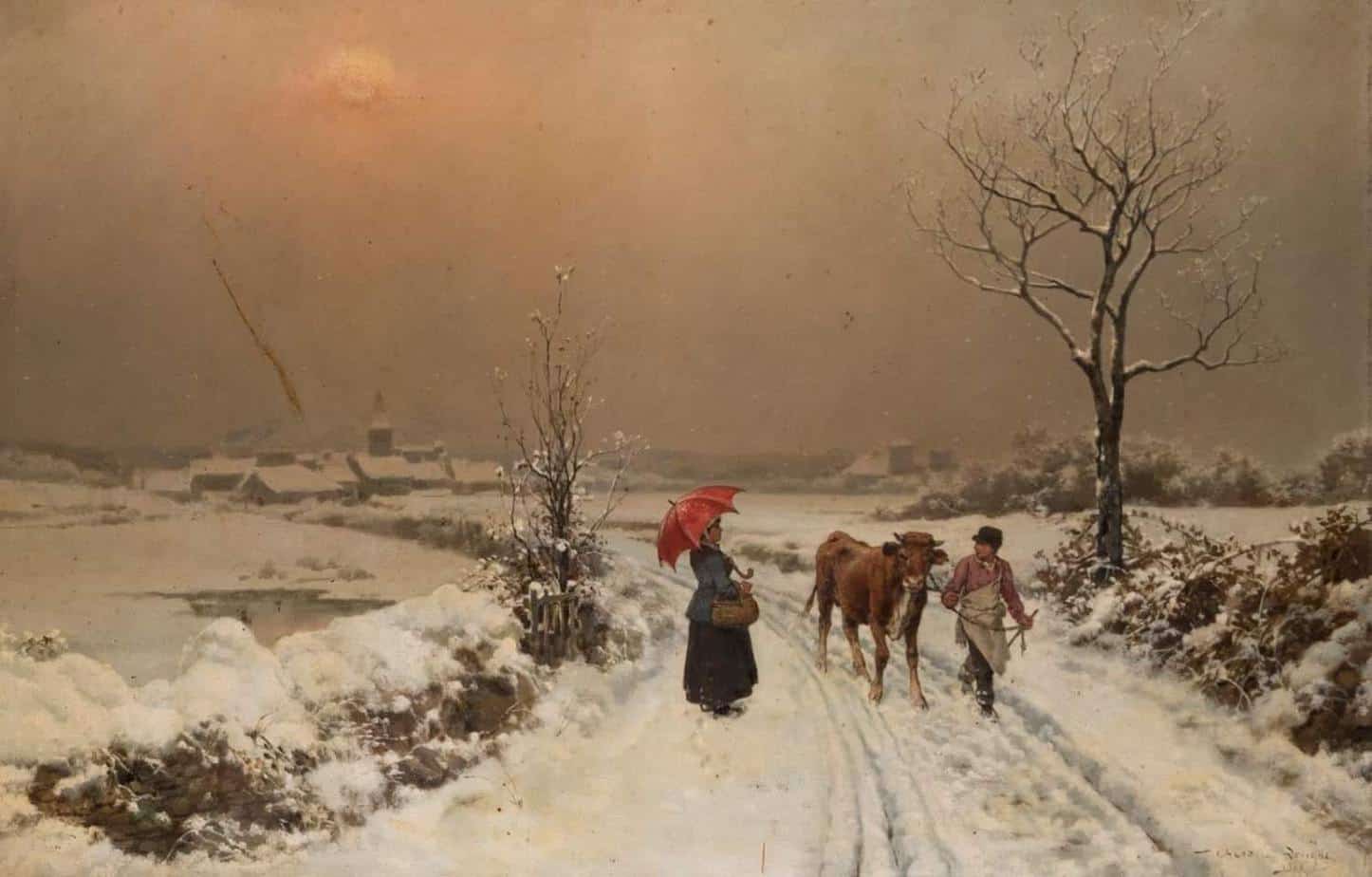
The oldest umbrellas, as we know them today, were used not to keep off the rain but to avoid the sun.
-
Cry Heart, But Never Break by Glenn Ringtved and Charlotte Pardi Analysis
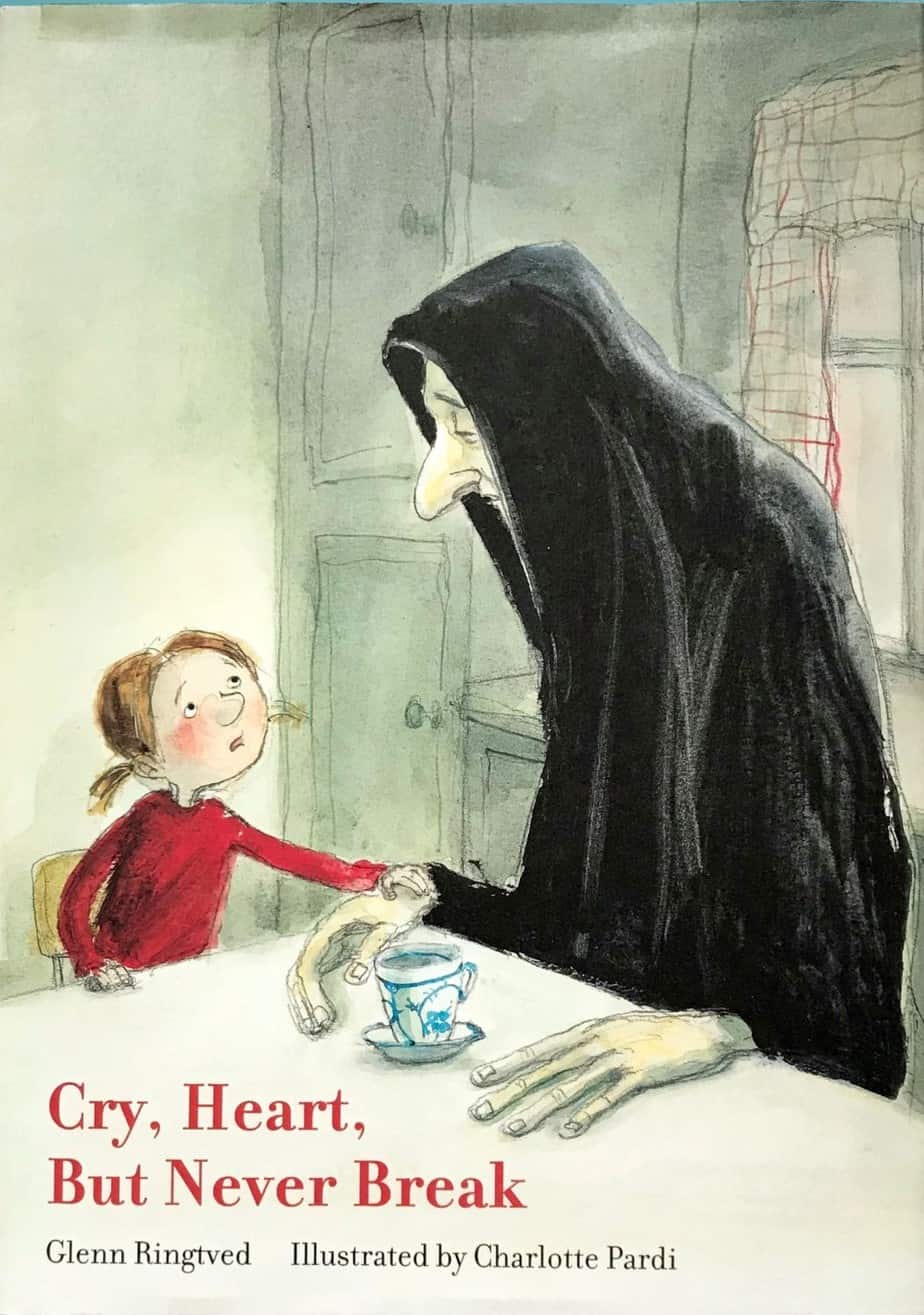
Cry Heart, But Never Break is a picture book to help children process their grief. The book was first published in Denmark in 2001, then translated into English by Robert Moulthrop five years later. The story is beautifully illustrated by Danish artist Charlotte Pardi. I recommend this book for children of all ages dealing with […]
-
Tomten Stories For Children
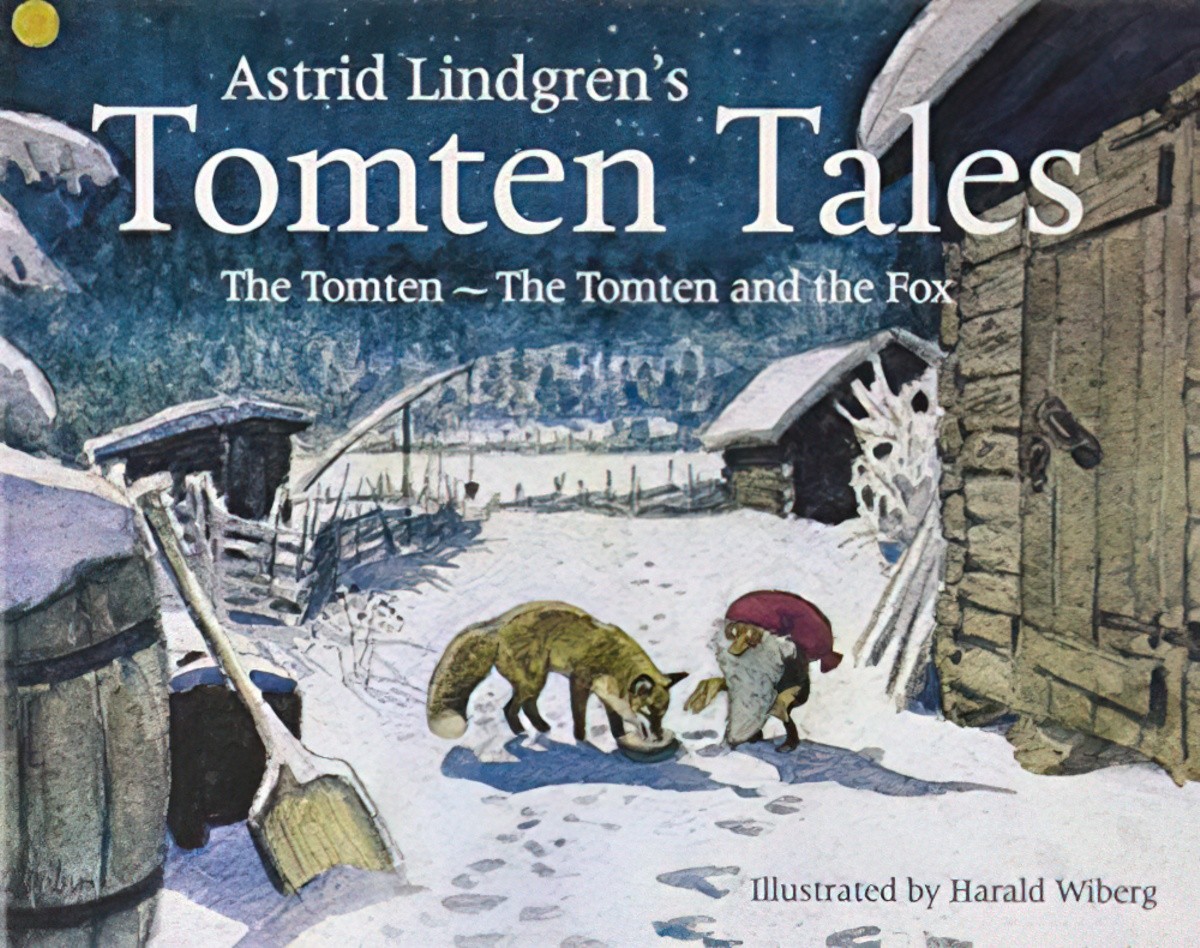
The Tomte is a Christmas creature from Nordic folklore. Tomte is Swedish, and the other Scandinavian countries have their own versions — in Norway known as Nisse.
-
Writing Activity: Describe A Church
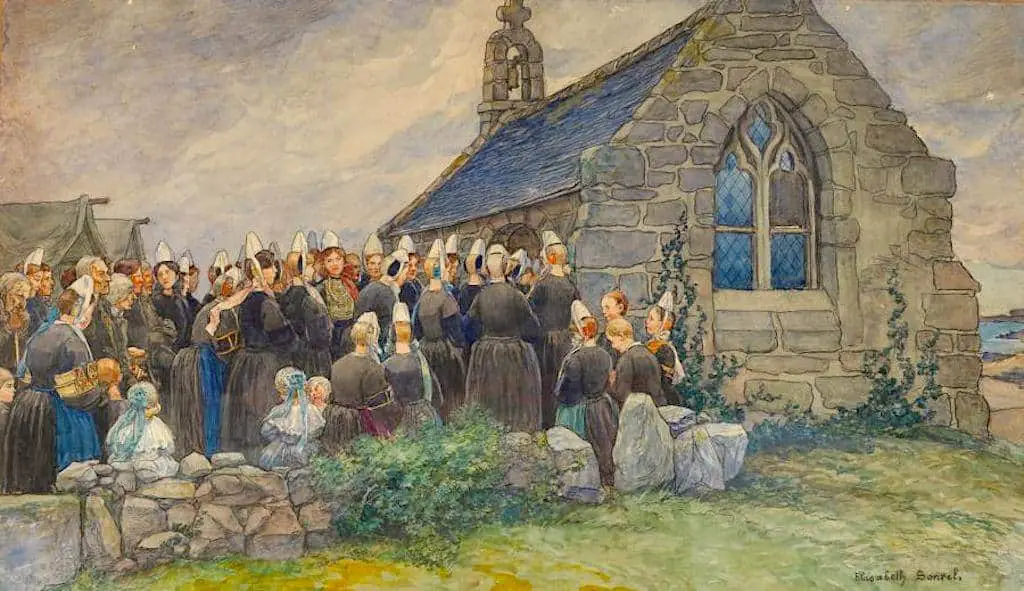
A collection of churches for inspiration
-
Pettson and Findus Pancake Pie by Sven Nordqvist
Pancake Pie (1984) is a Swedish picture book written and illustrated by Sven Nordqvist, and is the first in the Pettson and Findus series starring a man and his cat who live together on a rustic farm, along with many little creatures who make the setting seem alive.
-
Rupert Can Dance by Jules Feiffer Picture Book Analysis
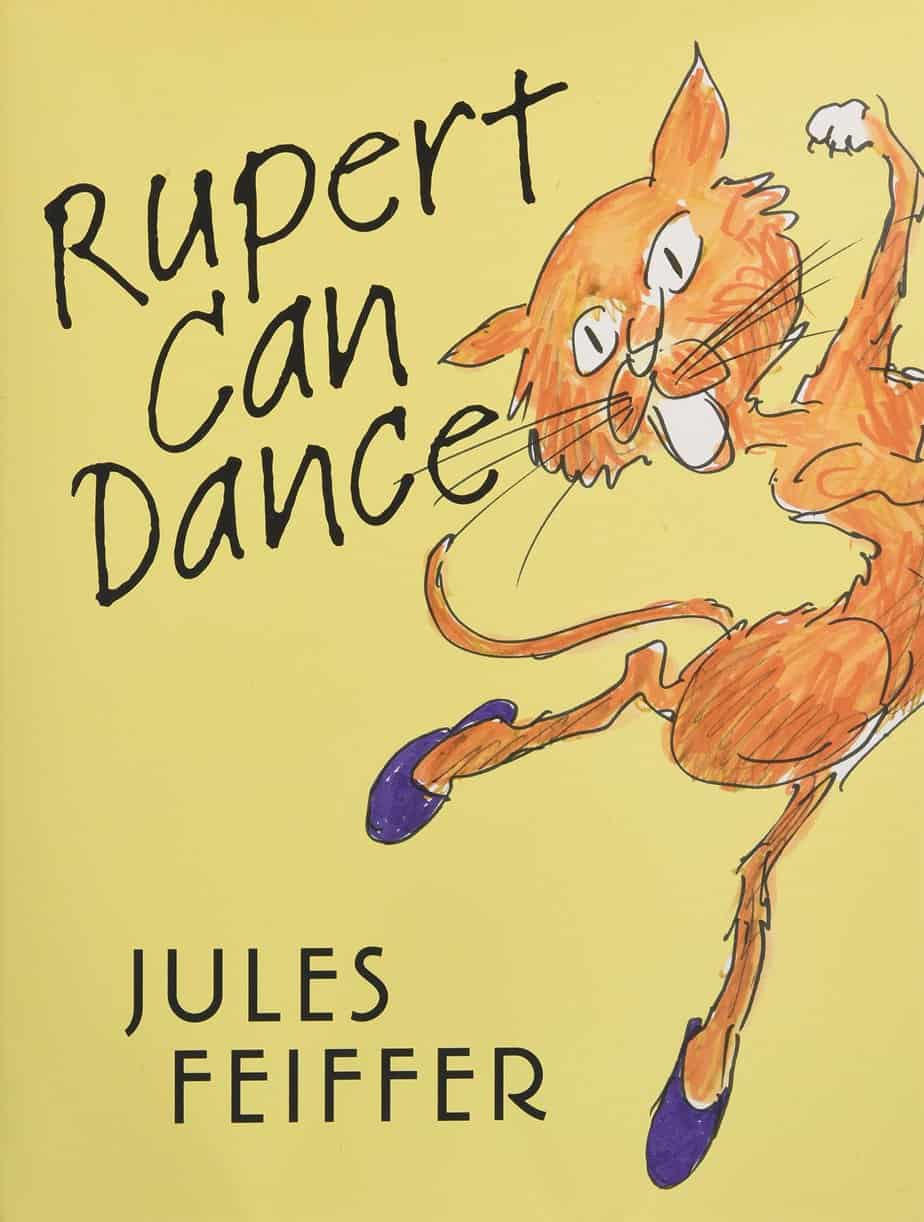
Rupert Can Dance is a 2014 picture book written and illustrated by Jules Feiffer, who loosely makes use of a T.S. Eliot cat archetype in his depiction of alovably combatative relationship between a secretive mystery cat and a girl.
-
Pitschi by Hans Fischer (1948)
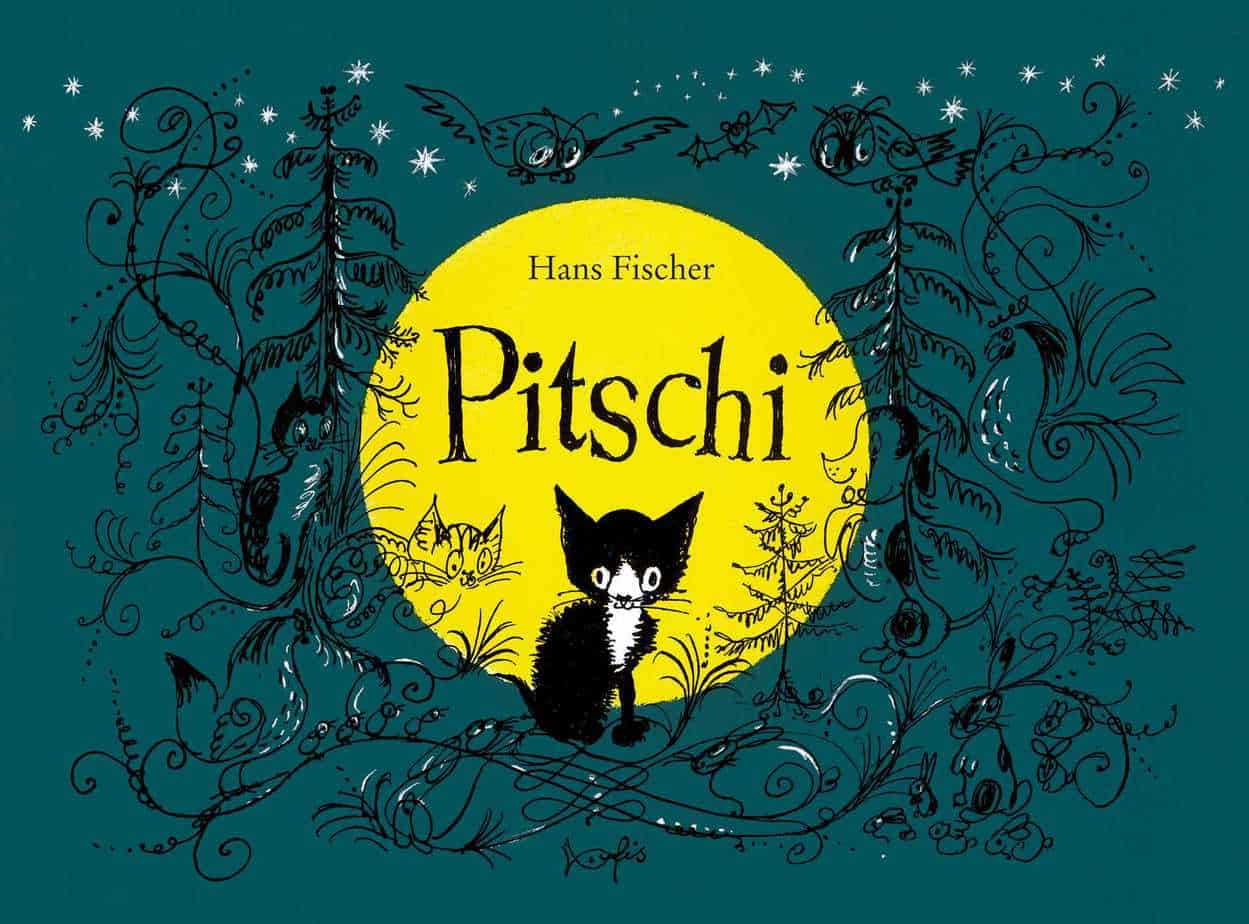
Pitschi is a picture book written and illustrated by Swiss storyteller Hans Fischer, first published in 1948. Pitschi is a good example of a post war children’s book: dangerously cosy with a stay at home message.
-
The Ugly Duckling by Hans Christian Andersen Fairy Tale Analysis
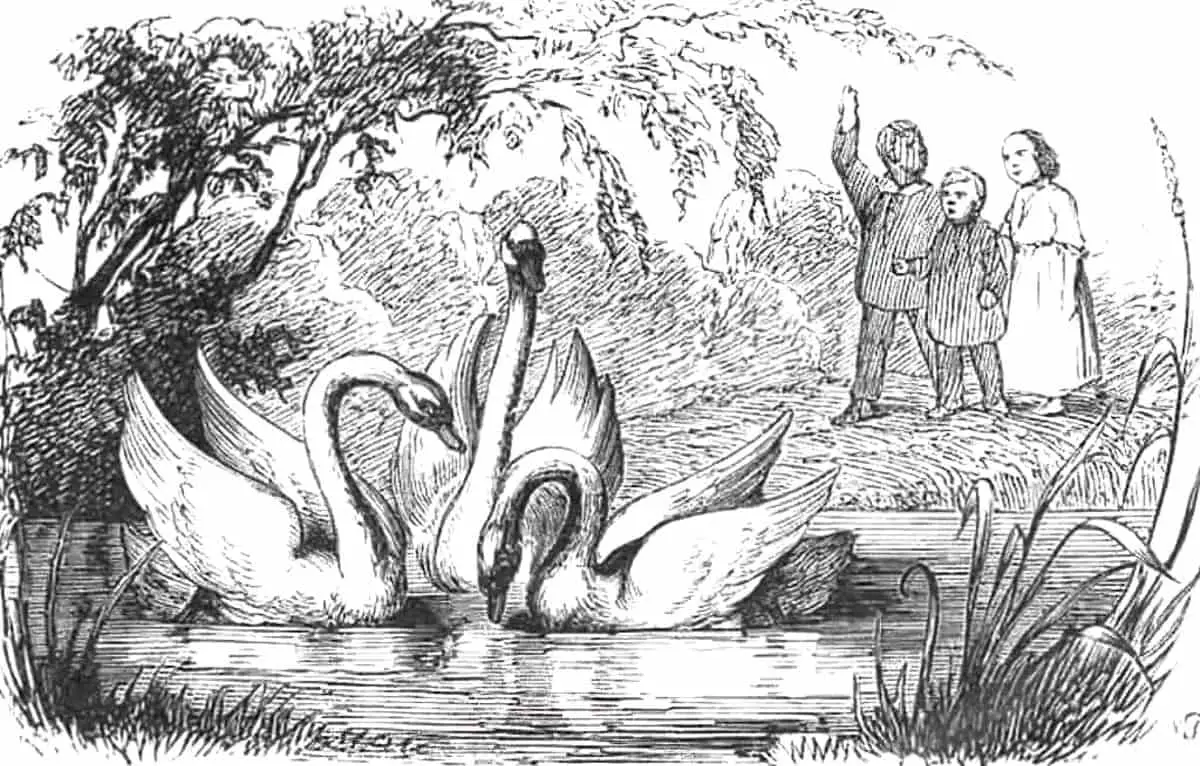
A character is different from their family/tribe and feels utterly alone. Eventually they find their ‘people’ who accept them for who they really are. Understanding they are not alone in the world after all, the main character accepts themselves. Now they can be happy.
-
Katherine Mansfield’s Influences
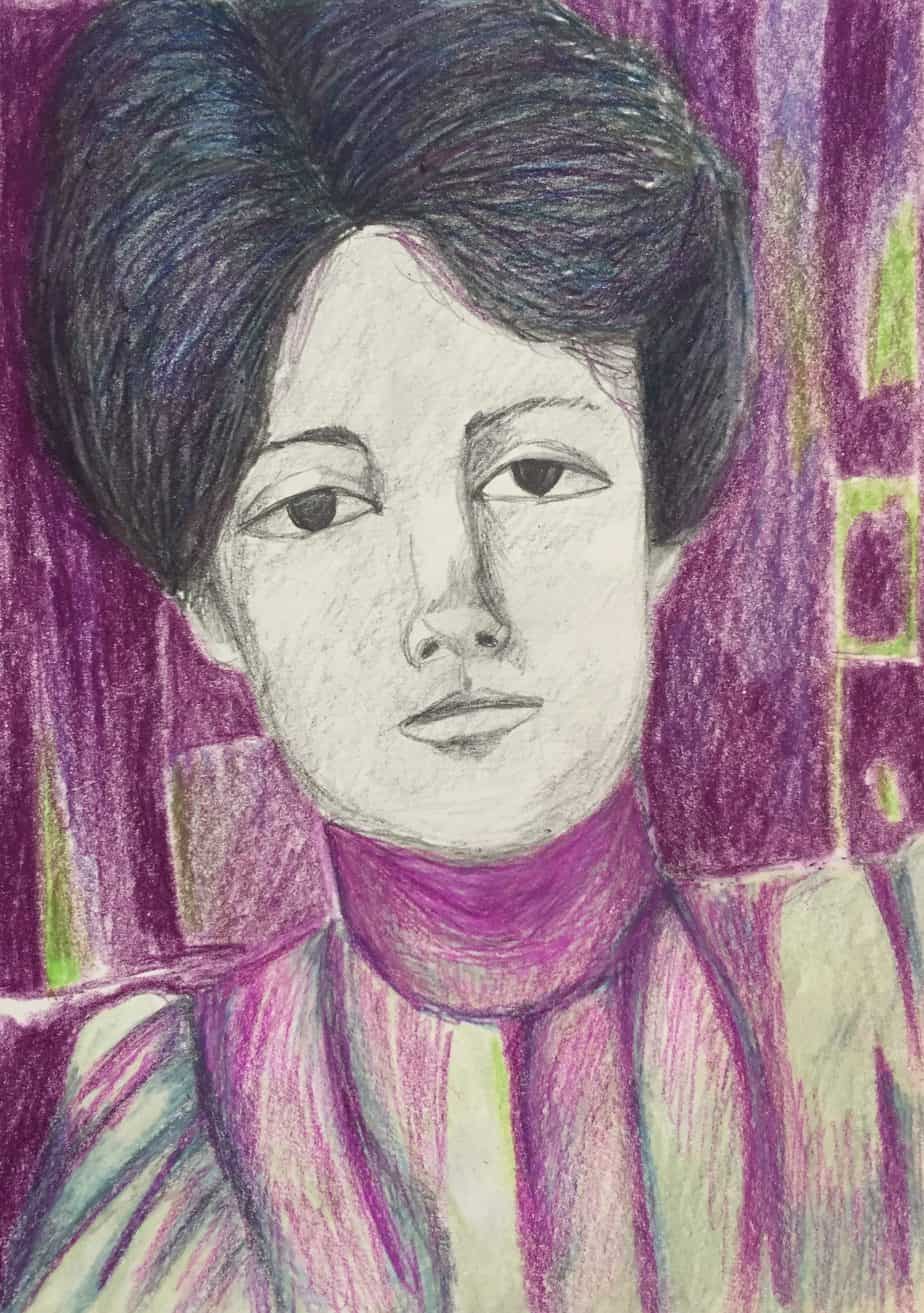
THE INFLUENCES OF PLACE AND ERA Katherine Mansfield grew up in middle class Wellington, New Zealand and moved to Europe as a young adult to finish her education in London. Some of her stories are influenced by her experiences in England, Belgium and Bavaria (In a German Pension). Her first stories were accepted by The […]
-
Individuality, The One True Self and Social Norms In Literature
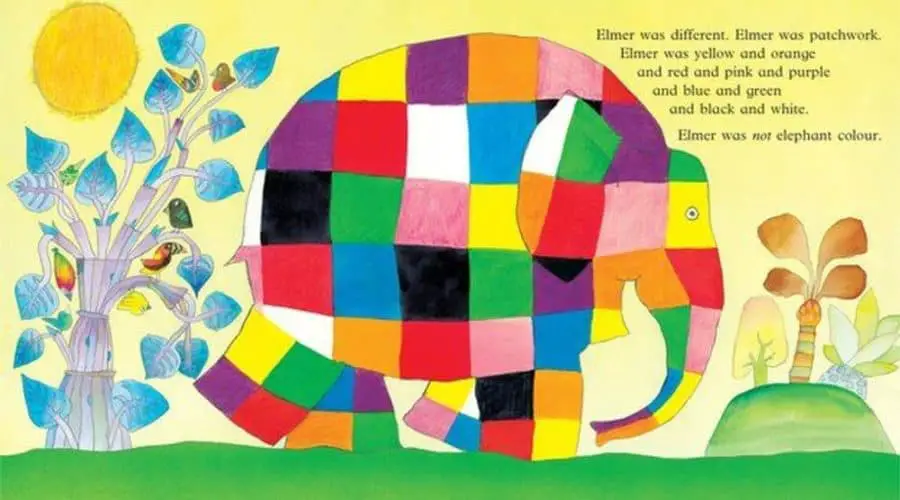
What is ‘the self’? Is it not possible that the rage for confession, autobiography, especially for memories of earliest childhood, is explained by our persistent yet mysterious belief in a self which is continuous and permanent; which, untouched by all we acquire and all we shed, pushes a green spear through the dead leaves and […]
-
My Neighbour Totoro Storytelling
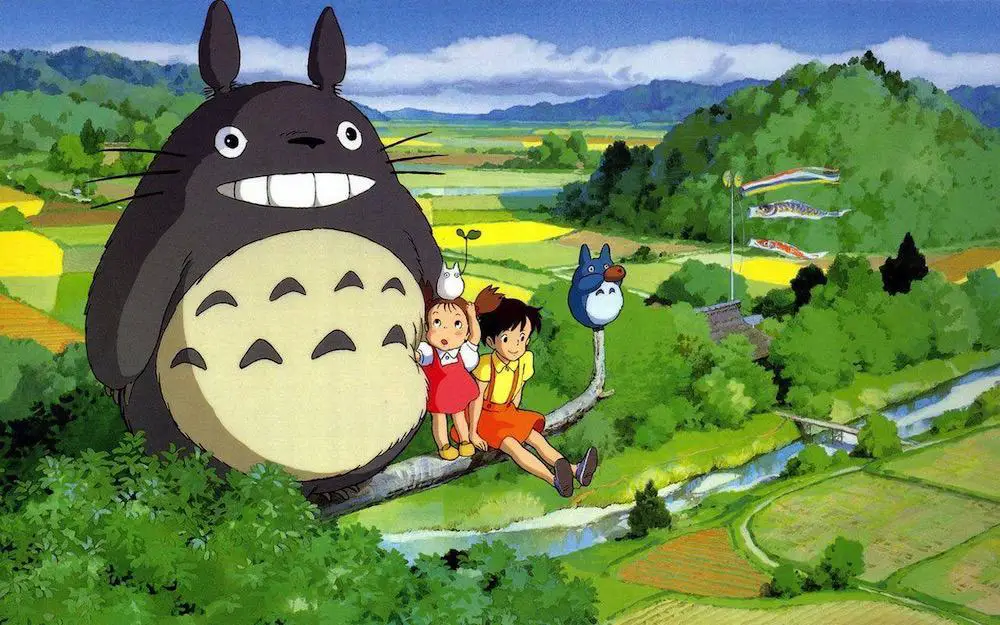
My Neighbour Totoro (1988), from Japan’s Studio Ghibli, is one of the few genuinely child centred films in existence. In contrast, most films out of DreamWorks and Pixar contain dual levels of meaning, including jokes only the adult co-viewer will understand, or emotional layers inaccessible to children. For instance, in Toy Story 3 Andy says […]
